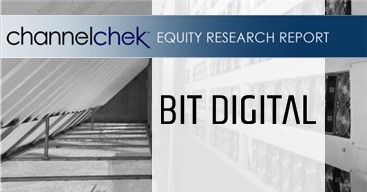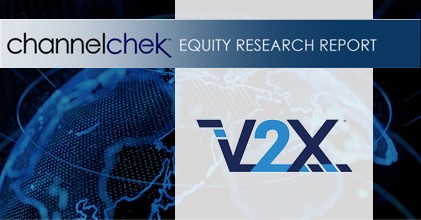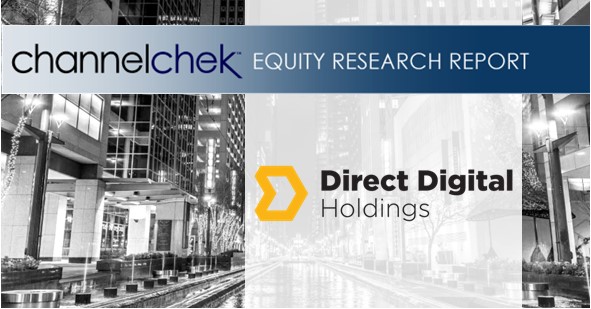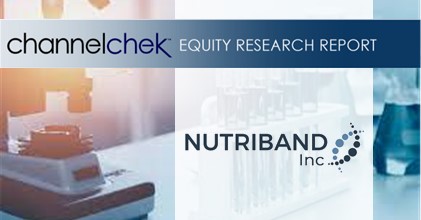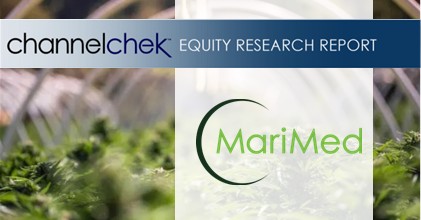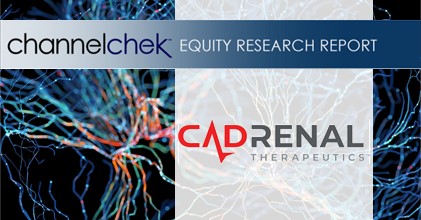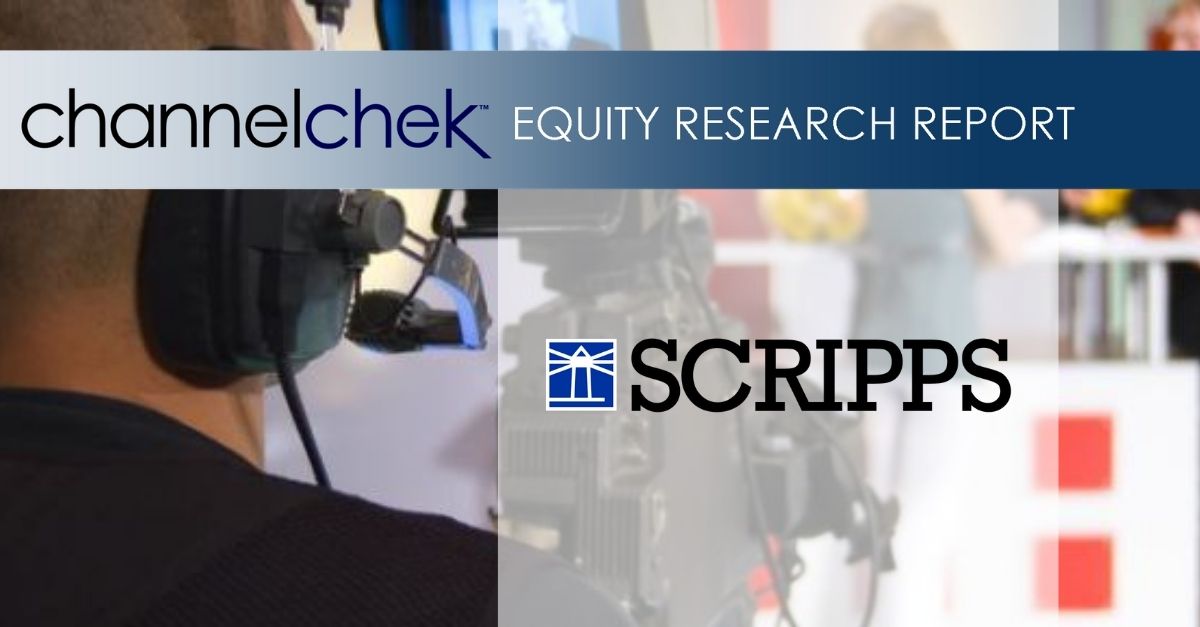
Wednesday, August 13, 2025
Patrick McCann, CFA, Research Analyst, Noble Capital Markets, Inc.
Michael Kupinski, Director of Research, Equity Research Analyst, Digital, Media & Technology , Noble Capital Markets, Inc.
Refer to the full report for the price target, fundamental analysis, and rating.
Strong Q2 results. Bitcoin Depot reported Q2 revenue of $172.1 million (5.5% growth YoY), better than our estimate of $167.5 million. Adj. EBITDA of $18.5 million (46.2% growth YoY) beat our estimate of $15.5 million. The impressive results were driven by stronger revenue per kiosk, particularly among mature locations.
Kiosk expansion. The company added roughly 600 kiosks during Q2, ending with 9,000 units in operation. About 3,300 kiosks are still in early ramp, suggesting room for productivity gains. Bitcoin Depot also holds 1,700 units in inventory, enabling growth without near-term capex. In Australia, 200 kiosks have been deployed, and management is evaluating two more international markets.
Get the Full Report
Equity Research is available at no cost to Registered users of Channelchek. Not a Member? Click ‘Join’ to join the Channelchek Community. There is no cost to register, and we never collect credit card information.
This Company Sponsored Research is provided by Noble Capital Markets, Inc., a FINRA and S.E.C. registered broker-dealer (B/D).
*Analyst certification and important disclosures included in the full report. NOTE: investment decisions should not be based upon the content of this research summary. Proper due diligence is required before making any investment decision.

